© KAOSIUNG MUSEUM OF FINE ARTS
© KAOSIUNG MUSEUM OF FINE ARTS
For this year's New Cosmos of Photography, we invited Yulin Lee, curator and director of Taiwan's Kaohsiung Museum of Fine Arts, to serve as a judge.
Ms. Lee, who has broad knowledge about contemporary art, architecture, and photography and who has been was on the frontlines as a driving force in opening up the Taiwan art scene to the world, also related her path to becoming a curator and sharing her vision for the attractions of the Kaohsiung Museum of Fine Arts.
I have been involved in numerous contests in my previous job at the Taipei Fine Arts Museum and in my current post as director of the Kaohsiung Museum of Fine Arts. Nevertheless, there is much to be learned from how the New Cosmos of Photography is run. For the contestants, it is a venue where they can express themselves, and for the judges, they can pick their own Excellence Award winners and put forward their opinions. The judges are free to speak to each other and with the award winners and exchange ideas. I thought this format was great. I was most impressed with the New Cosmos of Photography as a site for discussion.
In terms of the younger generation's interests and concerns, I found them to be surprisingly similar. The 1,959 submissions touched on a rich variety of themes and concepts and covered a great variety of subjects. Having said that, my impression was that the works selected for the Grand Prize and the seven Excellence Awards were narrow thematically, in that most of the selected artists tended to look at close relative as their subject. From this point of view, I think my selection of Ken Tazima was a good one because it added some diversity to the selections. He has a strong social viewpoint and enormous potential. The only drawback I think is that he could have explored a bit more on how to present his work in the museum space. He is not simply a landscape photographer; he is an artist infused with a spirit of inquiry who creates works as projects. In a similar vein, Yusuke Endo, another Excellence Award winner, has a unique voice. His sense to work on a project while putting digital to full use was exceptional.
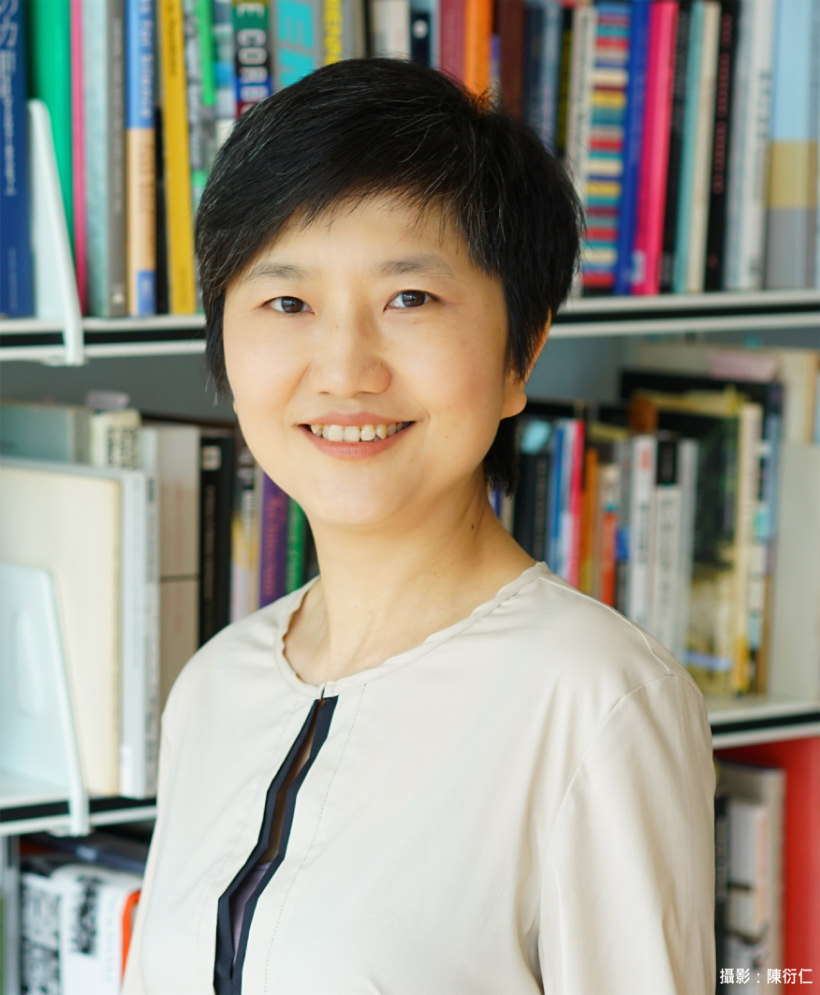
As a judge — or as a curator or a director — I often think about presenting a profusion of artists' creative expressions, that is, to allow a spectrum of artworks as rich as possible for the public. Aiko Harada, who I selected for an Honorable Mention award, creates refined, delicate objects, using traditional textile techniques. Her theme is feminism-related and her motif suggests women's bodies. Her work has a softness to it, but it draws you in and makes you think deep the more you look at it. The theme of feminism is, by nature, strong in character, but she took a rather poetic shift. From a viewer's standpoint, it might be hard to know how to react to the work. Its appearance is neither cute nor revolting. It is subtle, complex, and multi-layered.
As for Keita Kanai, his expression is one of physicality, on the level of a performance. Artists are generally a little mad. He contorted his body into a hammer and smashed a hole in a piece of ice to reveal truths we can't see or don't bother to see. Light shines through the hole, at last connecting to a flood control dam. Building the dam required villagers to be displaced, but without the artist's expression, this event would remain obscure as if nothing had ever happened. Although the dam has its positive aspects, it uprooted and stole people's entire lives. No doubt, it ruined some people. The idea that for society's sake, some people must make sacrifices exists in Taiwan as well. I took note of Kanai's work because it turns our attention to the truth about forced sacrifices and the neglected.
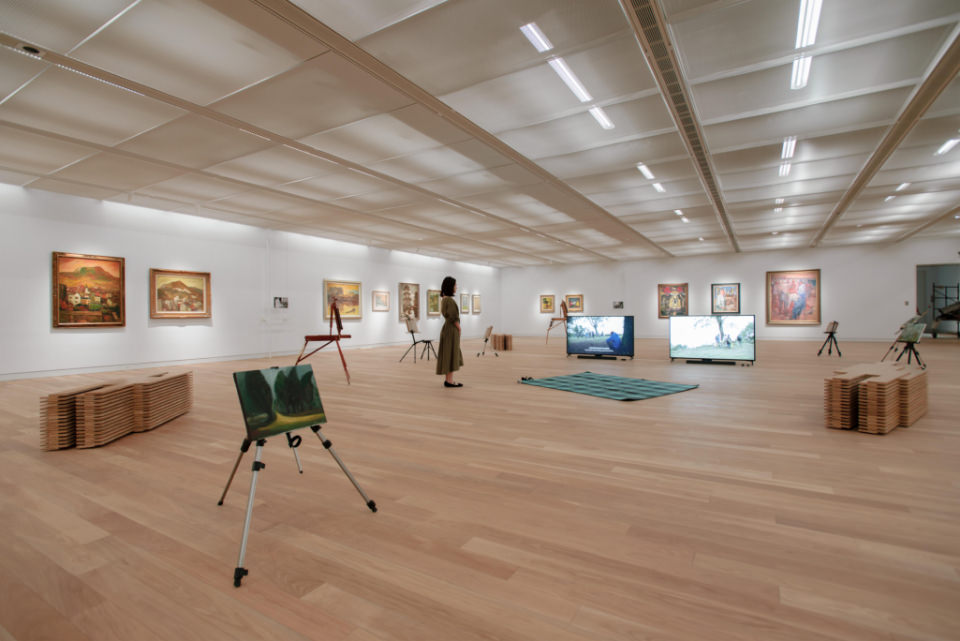
© KAOSIUNG MUSEUM OF FINE ARTS
I spent my childhood loving culture — reading books, listening to music, watching films, and so on. I studied Foreign Literature and Languages at university, but deep in my mind I dreamt to become a film director. Therefore, as soon as I entered the university, I joined photography club in an attempt to study art in some form. I believed back then that film as an art form is consisted of connecting each individual picture to tell a story. Thus, if I could control each picture one by one and had a clear story in mind, I could create a film. It was in the 1980s when I was in the university, the so-called Documentary Photography, or Journalism Photography, was in boom, and many works were created with a social perspective. Given this background, many of my friends for their graduation project exhibited works probing the dark sides of society as their themes. I, on the other hand, created Staged Photography, which back then was considered “not-in-fashion.” Without knowing staged photography as a potential genre, I had self-invented the photographic language in an attempt to create film as an artistic expression of my own. In short, I think this is the budding period of my interest in and encounter with contemporary art.
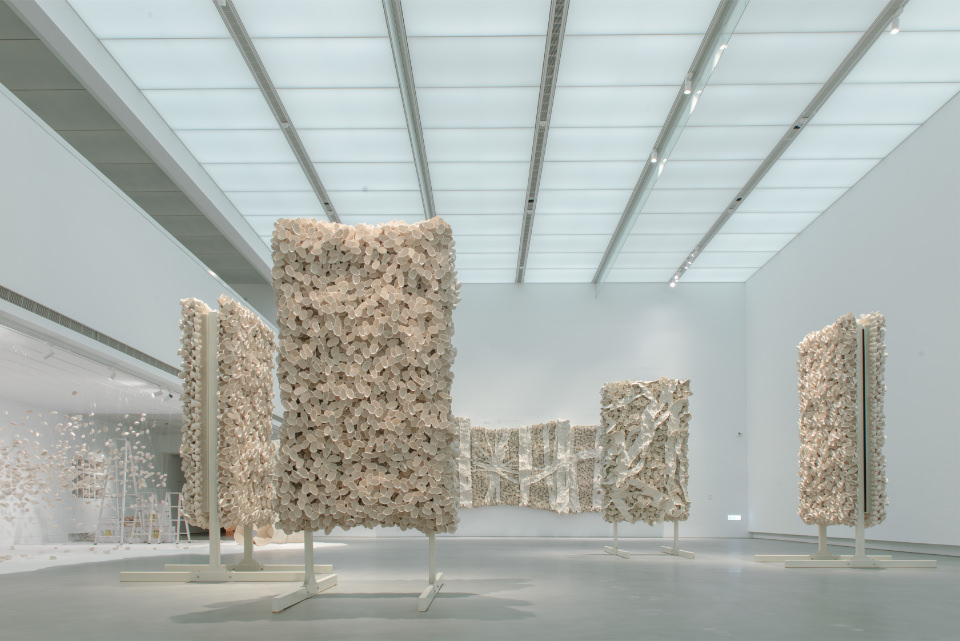
© KAOSIUNG MUSEUM OF FINE ARTS
Upon graduating from the university, my first job was the director of a photography gallery, where I also helped to found the first stock photo service in Taiwan. In the late 1980s, Taiwan's economy started taking off and demand for photographs with legal copyright was large. While working at the gallery, my interest to promote the works of photographers from around the world had increased daily and gradually the idea of running an institution that may assist artists to circulate their works in the public realm emerged as a potential goal of my life career.
After this brief first job experience, I decided to follow my plan of studying abroad.
Although I had first wanted to study in the US, I ended up pursuing my first master degree in Japan at the urge of my father. My father, who is the same age as Taiwan's first democratically-elected president Lee Teng-hui, has a strong affection for Japan. One of Lee Teng-hui's famous quotes was: “I was Japanese until I turned 22”. Similarly, my father, and my mother, too, shared President Lee's intimate feelings about Japan. In the end, I had enrolled at Sophia University, where I studied at the department of comparative cultures. Post-modernism was all the rage in the 1980s. After the graduate school, I thought about what line of work I should go into to put my studies to use, and I hit upon becoming a curator.
What exactly is a curator's job? Unlike the job of a curator is considered trendy these days, back in the early 1990s Taiwan, the notion of a curator was vague and rarely recognized as a promising job in the society. Frankly speaking, my idea of becoming a curator then was somewhat naïve and simple-minded. In fact, when I first introduced myself at Sophia University, I bluntly said: “I've come to study here because I want to establish my own museum someday and communicate the virtue of art” [laughs]. I think at that time what I said must have made my classmates rather astounded. At that time, my idea, or rather my dream, about building a museum was largely based on founding a museum of photography. Back then, I thought about creating an enormous collection like the Louvre or the British Museum in Taiwan was nearly impossible because those museums' long histories and deep pockets are not easily duplicable. But I believed such an endeavor might be possible if I limited myself to photographs. The history of photography is only about 200 years old, and photographs can be duplicated, so the budget is not out of reach.
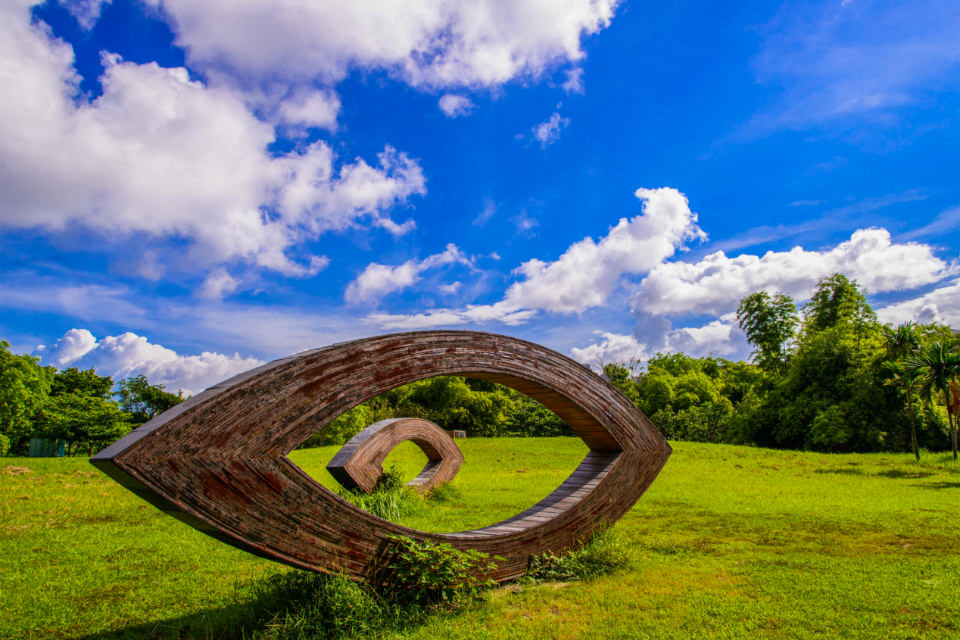
© KAOSIUNG MUSEUM OF FINE ARTS
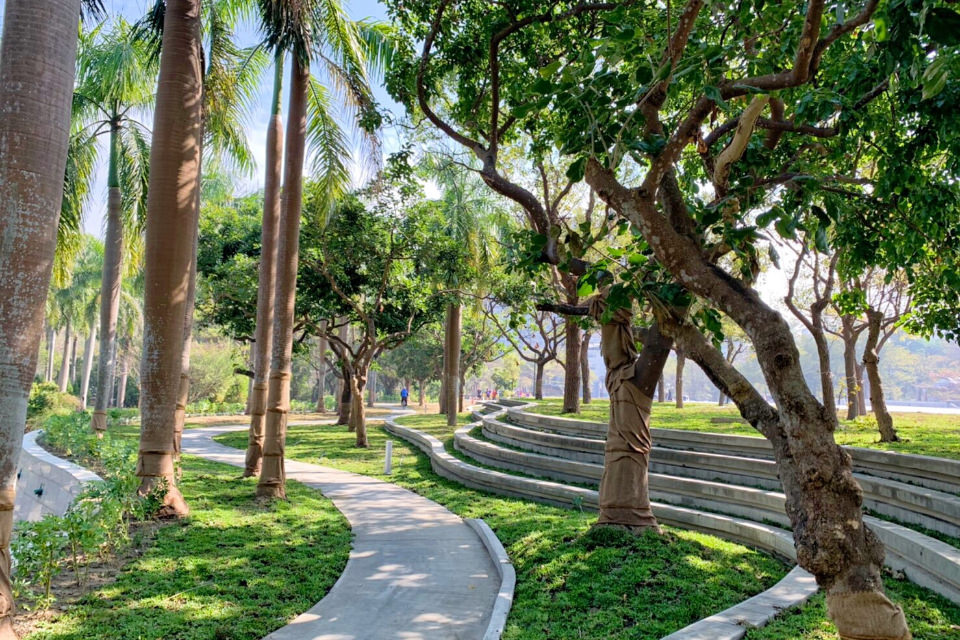
© KAOSIUNG MUSEUM OF FINE ARTS
Upon returning to Taiwan from Japan, I worked for close to ten years at the Taipei Fine Arts Museum. My passion at the time was to present Taiwan's contemporary art to the world. To that end, I travelled abroad frequently. Although we were able to exhibit Taiwanese artists' works in several European countries, in Asia, and in Australia, the case was never successful with the art institutions in the U.S. I came to a realization that individualism is at the heart of the U.S. museum system. There is no concept of a central government at important museums like the Whitney and MoMA. They raise funds on their own and run their museums as they see fit. How can I incorporate that system into contemporary art museums in Taiwan? In thinking about this, I decided to study in the U.S. Fortunately, I was granted a two-year scholarship by the Fulbright Program. And enrolled in a PhD course at NYU. I ended up studying in the U.S. for 12 years and completed my doctoral dissertation. I made sure to study modern architectural history as well as modern art history. That's because I believe the space where works are exhibited is hugely important. Traveling the world and witnessing all kinds of museum architecture definitely had an influence on me as well. Although there were many twists and turns, I managed to connect dot after dot with an invisible line and, as fate would have it, I now serve as the head of the Kaohsiung Museum of Fine Arts. My job today is to consider how a contemporary art museum can fulfill its social role, its relationship with artists, and how it should be actualized as a space and as a program.
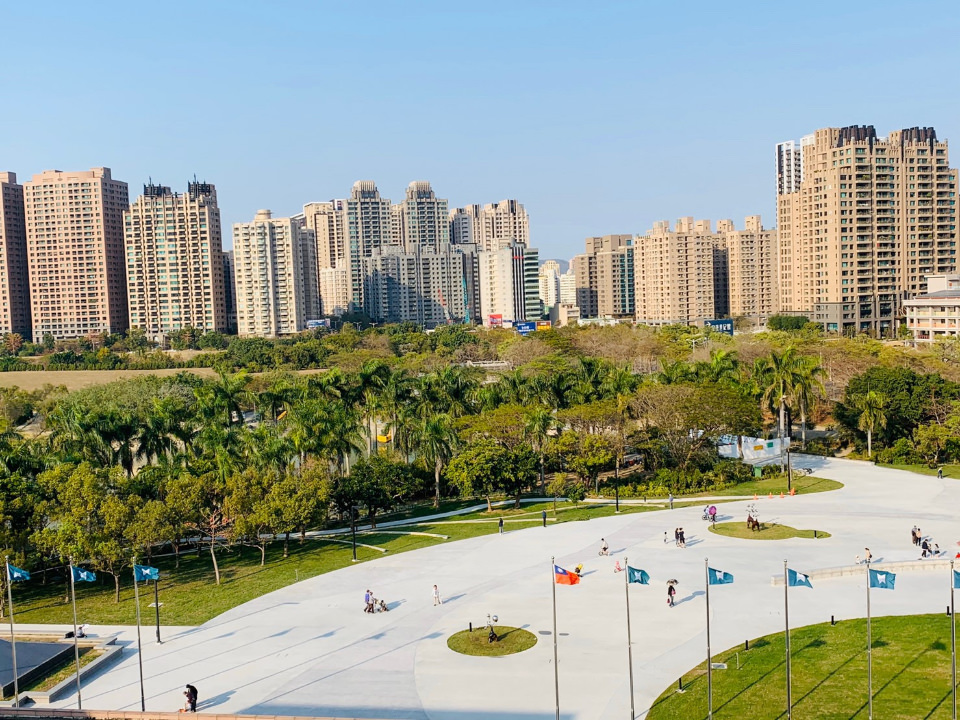
© KAOSIUNG MUSEUM OF FINE ARTS
The Kaohsiung Museum of Fine Arts was established in 1994 for the purpose of nurturing artists and the art scene in southern Taiwan. Around 2000, our museum also initiated the first program among Taiwanese art museums to pay attention to the country's indigenous contemporary art. Belonging to the anthropological linguistic family of so-called Austronesia, which constitutes a huge region of the Pacific Ocean with New Zealand at the very south, Madagascar on the west, Hawaii and Easter Island on the east, and on the north, Taiwan as the northeast, is widely accepted to be the origin of this cultural lineage. I decided to celebrate this unique heritage as well as creating a new and unique place for the Kaohsiung Museum of Fine Arts on the global map.
The Kaohsiung Museum of Fine Arts is run by the city, but three years ago in 2017 when I joined the museum, we had the nation's first administrative reform from a municipal museum to a legal public body. At this juncture, traffic access to the museum has been improved, bringing the museum closer to the citizens. Seizing this opportunity, I have devoted myself to increasing the musuem's global visibility as well as to convert the museum's role from its previous isolation from citizen's life to becoming a civic art living room, by adding bookstore, café, art restaurant, and other amenities to make the museum a pleasant place to spend time here. While we gained funding from both public and private sectors, we were able to achieve many new projects one by one in recent years, including continual major architectural and spatial re-configuration from inside the museum galleries to outside in the museum park and squares. It is my goal to transform the nearly 26-year-old museum towards a new museum.
The museum is on a 40-hectare site — home to snakes and hawks and other creatures — where we ensure biodiversity and flora and fauna relationships are preserved. We have held exhibitions using this wonderful backdrop on occasion. We are also proud of our 16-hectare pond. Our collected works have grown in recent years and we also started the collection of international artists' work, for I think the value of a museum lies in its collection.
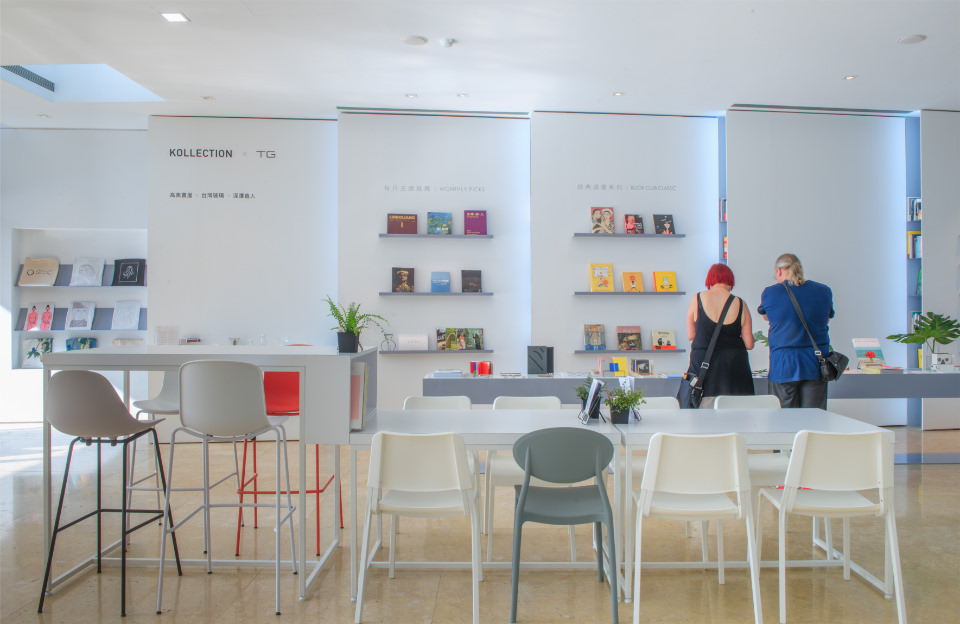
© KAOSIUNG MUSEUM OF FINE ARTS
From my observation, it is important for museums nowadays to coin its own unique brand name. While working on rebranding our museum, I took it as a strategy to collaborate with increasingly popular museum brands such as: the Tate, the Mori Art Museum, and the Musée du quai Branly (in Paris). Making use of the commercial strategy of co-branding, we were successful in attracting people to flock to Kaohsiung in the recent years. In the future, I am hoping to cast a unique brand and a new image for the Kaohsiung Museum of Fine Arts.
Be curious and explore your surroundings. From there, if you gradually broaden your scope, your interests will be broadened, too, beginning with your family to the environment, the society, the world, and the universe. Next, above all is your passion. If you have passion, you won't sweat the details no matter how difficult or intricate. And technique is obviously crucial. All good artists have good technique.
You can learn techniques at school, but there are those who acquired techniques on their own. When you enter society, you will be confronted with the problem of what to do with technique. When it comes to what you want to say and what you want to do, it's important to consider how you can apply the techniques in a unique way to reflect your individuality. I'd like to see artists who take their curiosity and passion and put that into their creative expressions.
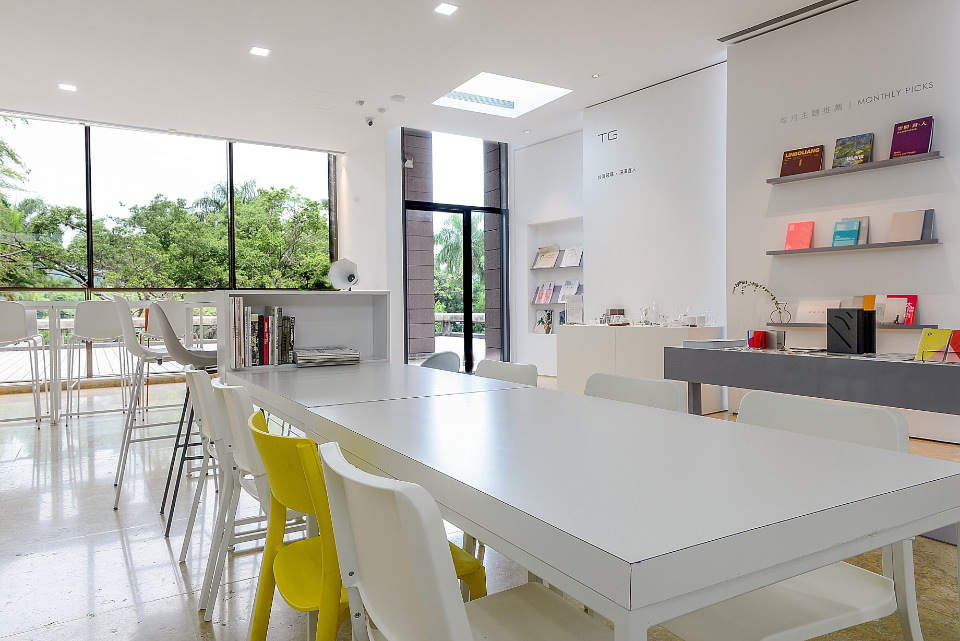
© KAOSIUNG MUSEUM OF FINE ARTS
Yulin Lee took the post of artistic director of the Taishin Bank Foundation for Arts and Culture in 2009. She has been working at the Kaohsiung Museum of Fine Arts since 2016. At the Taipei Fine Arts Museum (TFAM), Ms. Lee served as curator and later as the head of the Exhibition Department. She was active at TFAM as a liaison between the Taiwan and international art scenes.
As a co-curator, Ms. Lee guided Taiwan's participation in the Venezia Biennale in 1997 and 1999, in the 3rd Asia-Pacific Triennial of Contemporary Art in 1999 (Queensland, Australia), and in the 2nd International Triennale of Kogei in Kanazawa (21st Century Museum of Contemporary Art, Kanazawa) in 2013. She was also the curator of Japan's participation in the 2nd Fukuoka Asian Art Triennale in 2002.